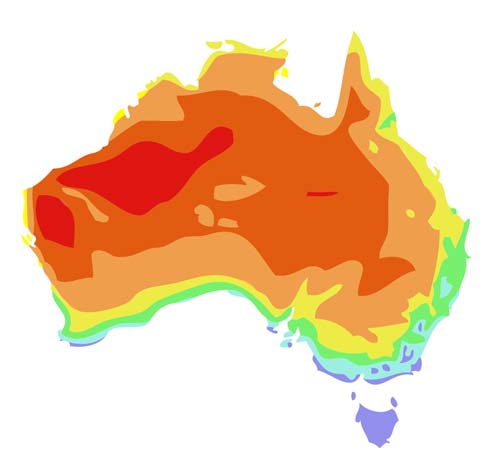
The ideal gas law states that changes in temperature affect pressure and volume. So when the air inside your tyres heats up, then either your tyres will expand, or the pressure will increase, or both. When the air inside your tyres cools down, the reverse happens: your tyres deflate or lose pressure. And tyres don’t always keep the weather out – when a cool change blows through the air, your tyre pressure will usually drop in response.
That’s why it’s important to have a tyre pressure monitoring system, so that you’ll be prepared for all sorts of weather. If you’re travelling from one climate to another, your tyres might experience quite a strain thanks to the cold front. Even if you prefer to stay in a city, where I’m from the weather changes every five minutes. The constant fluctuations in weather mean constant fluctuations in tyre pressure, and the only reliable way to stay on top of that is by buying tyre sensors for your wheels.
It’s a simple matter of physics that temperature, pressure and volume are related like this. It’s what allows us to breathe, what helps us cook and fly and do all sorts of things. But it’s really important to remember the science when travelling, because as summer starts to fade into autumn, and autumn to winter, most people don’t even think about the change in pressure that their tyres experience. But it happens – and the fact that it happens can lead to significant tyre wear if you don’t have your car, truck, or motor home equipped with a tyre pressure monitor so that you notice it happening and can fix it before things get bad. That’s why this equipment is absolutely vital to running and maintaining your vehicle, through all four seasons – especially if they happen in one day.

